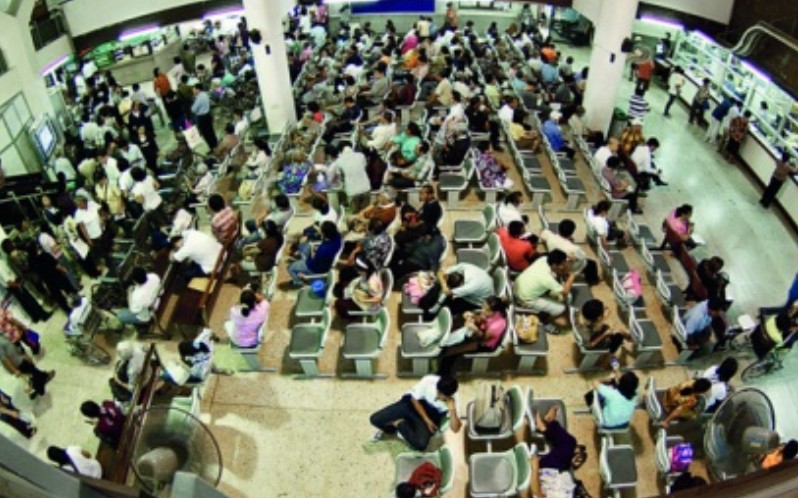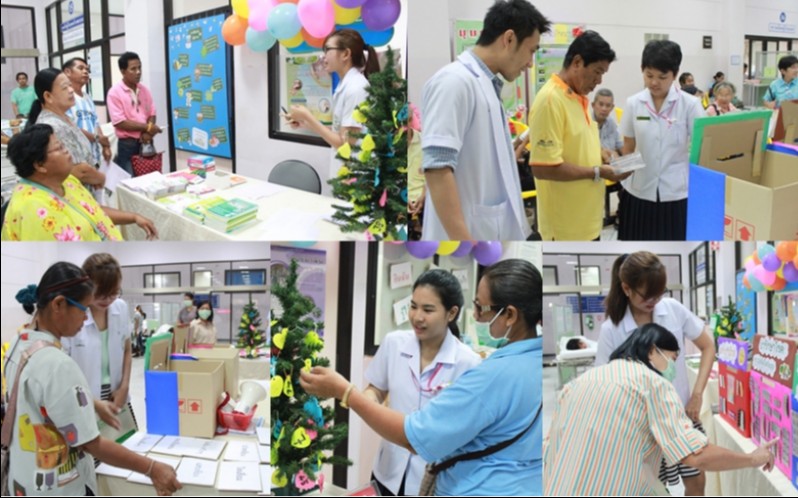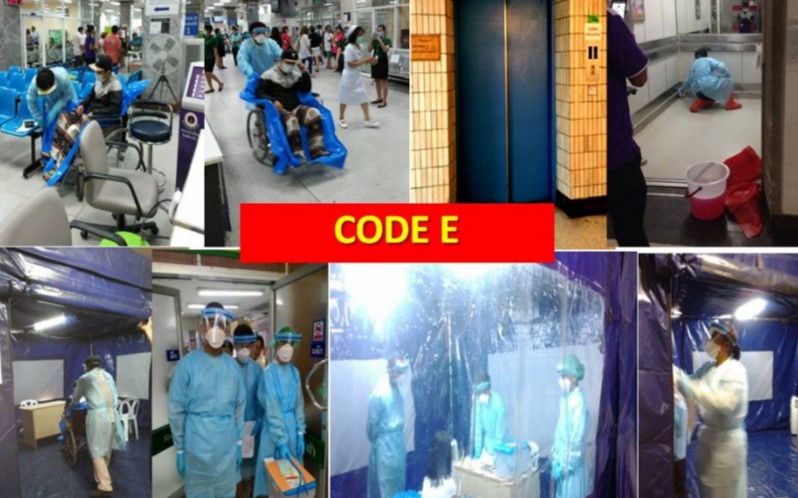Site NO.4 : Emerging Infectious Disease Preparedness: Linking Community-Based Approach and Research to the National System
LOCATION : Phanat Nikhom District, Chonburi Province FOCAL POINT: Department of Disease Control, Ministry of Public Health
The threat from outbreaks of Emerging Infectious Diseases (EIDs) continues to increase. Every year, several EID outbreaks are reported throughout the world. Over the last 2 decades, Thailand had sporadically been affected by major outbreaks of emerging infectious diseases. This includes the SARS outbreak in 2003, the resurgence of avian influenza between 2004-2008, influenza pandemic (H1N1) back in 2009, and other infectious diseases which have been posting a constant health threat, such as Ebola Virus Disease Outbreak in 2014, and the Middle East Respiratory Syndrome Coronavirus (MERSCoV) outbreak in the Republic of Korea in May 2015. Thailand is susceptible to the threats from newly developed infectious diseases, infectious diseases found in the new geographical areas, and the re-emergence of existing infectious diseases. There is a high likelihood that these diseases will enter into the kingdom over time, given the fact that Thailand is a regional hub for international travel and transportation.
EID events are dominated by zoonosis (60.3% of EIDs): the majority of these (71.8%) originate in wildlife (for example, severe acute respiratory virus, Ebola virus), and are increasing significantly over time. Often the initial outbreaks occur in the area where there is high human-animal interaction. Several attempts are made to detect at the source novel pathogens which have zoonotic potential and are likely to be pandemic. Wildlife, particularly bats, are known to harbor several EIDs including MERS and Ebola etc. International research projects including “PREDICT” were launched with the collaboration of partners throughout the world. Thailand is also part of these projects, with the focal point from the university and the collaboration from government organizations and communities.
To promote the country’s preparedness, prevention and response, the National Strategic Plan for Emerging Infectious Disease was established. It aims to serve as a framework for all concerned units in formulating their respective operational plans in order to ensure multi-sector cooperation and materialization of objectives from the national plan. It also stresses the participation of all sectors including the government, community and private sectors to coordinate and foster closer cooperation among members of the network to achieve the stated goals under the “One Health” concept. The strategic plan has been driven by the committee chaired by the Deputy Prime Minister. The Director General of the Department of Disease Control serves as secretariat. EID prevention and control activities have been aligned with routine healthcare and public health system work, through the disease control section or community health in each Provincial Health Office. Since the Department of Disease Control does not have the local bodies itself, Disease Prevention and Control Regional Offices have helped to clarify and follow-up on activities such as capacity building of Surveillance and Rapid Response Team (SRRT), risk communication, and preparedness exercise. Their roles are to monitor and evaluate activities conducted within their responsible areas.
Official systems for disease prevention and control often suffer from inadequate resources and face challenges in engaging local communities. Therefore, collaboration from academic and research institutes is necessary in order to help fill these gaps. The combination of shared goals and principles, as well as sustained engagement from all parties concerned is testament to this success story from Thailand, which will ultimately lead to an efficient horizontal driving of all existing strategies.






